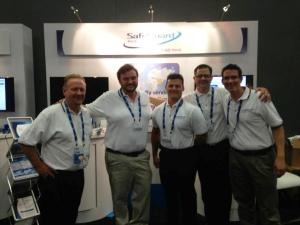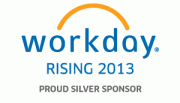Cost pressures combined with skill gaps and an educated global workforce have all been contributing to a surge in global recruitment outside corporate HQ locations. This strategy has become less of a nice to have and more of a strategic imperative; a new normal.
But now there’s a newer normal. Definitive research from respectable analyst organizations are proving that wage gaps across mature, emerging and newly emerging markets are shrinking. This is not surprising but it’s interesting to consider how quickly these gaps are shrinking. They are closing up quickly enough that they will have a direct and significant impact on global business within the next two decades.
Countries that have traditionally offered lower wages e.g., China, India, etc., are experiencing a shrinking wage gap compared to the U.S., U.K. and other mature markets. They will slowly and steadily transform from labor markets to consumer buying markets.
This creates a newer normal for organizations overall, but let’s consider how it will impact HR and recruitment.
Migration of Manufacturing
Shrinking wage gaps may mean migrating manufacturing facilities from one country to another, a huge undertaking. Internal managers will have to be relocated to set it up, local workers will have to be hired and trained, finance may have to set up local entities and HR will need to manage the recruitment, as well the ongoing HR and payroll. On top of that, managing payroll for a manufacturing staff is always a tricky endeavor with various labor types, collective bargaining agreements, etc., especially in a country where HR is not accustomed to the local regulations.
New Buying Markets
As countries such as India and China become larger consumers and more countries enter into the buying market, new opportunities will open up for organizations to sell their products and services in a growing list of countries. That’s wonderful but who’s going to do the selling? Sales and marketing staff will have to be engaged, which means more recruitment for the HR folks; recruitment in countries they’ve never dealt with before, where they don’t have an entity or an HR department. What makes this even more challenging are the markets in scope. Take Africa, for example, an emerging region that may offer wage advantages for the organization, but it’s also a region with complex and often unclear HR regulations.
Impacts on HR Regulations
A third and important impact all of this will have on HR involves international HR compliance. Global HR professionals already know how complex it is now, how difficult it is to source country-specific regulations, how they have little confidence in the accuracy of the regulations and how challenging it is to stay up to date on new regulations. That all aside, consider this. As the emerging markets move up the buying ladder and younger emerging markets take a few more steps up the ladder, global economic forces will drive even more HR regulations. Countries will be protecting and nurturing their own economies and these efforts will inevitably drive changes to their HR laws, taxes, social costs, etc.
It may sound daunting but it’s actually quite exciting. Revolutionary technologies and experienced global outsourcing service providers will be there to help HR and their organizations remain competitive in a global economy and thrive in a “newer” normal.



